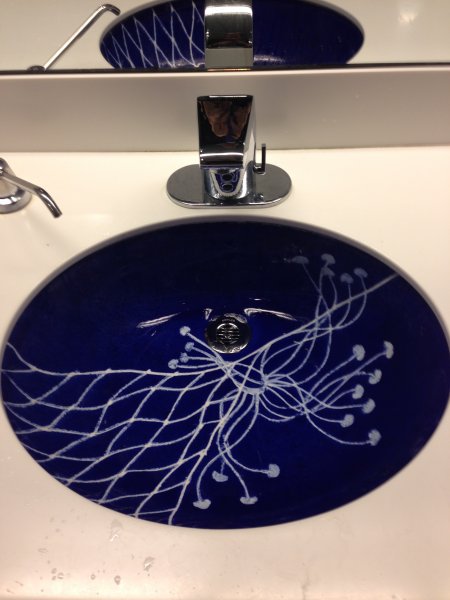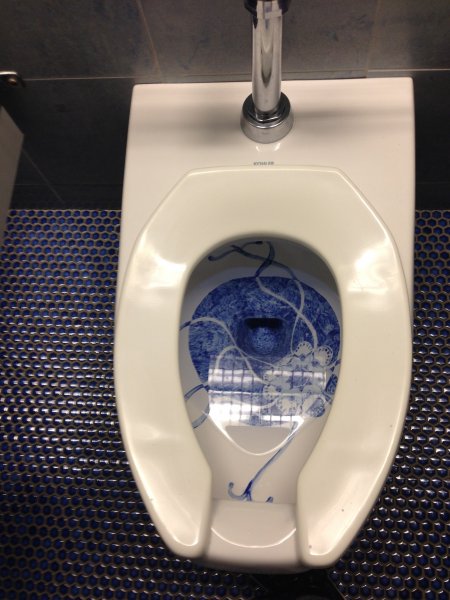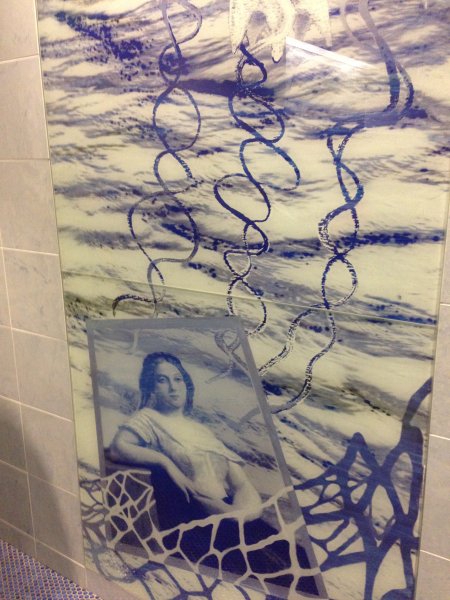 On a blustery spring day, I visited the charming Colonial town of Essex, CT. I started at the delightful Connecticut River Museum, celebrating all things about that river. I had always heard it was terrific. No understatement!
On a blustery spring day, I visited the charming Colonial town of Essex, CT. I started at the delightful Connecticut River Museum, celebrating all things about that river. I had always heard it was terrific. No understatement!
While I’ll share my favorite part in a moment, the American history that touched the riverbank at Essex makes the museum worth a visit. In the Revolutionary War, Connecticut’s war ship (all 13 colonies were asked to build one), the Oliver Cromwell, was built here in 1776. An 1814 skirmish with the British, part of the War of 1812, was likened to Pearl Harbor for its surprise and devastation. At the unmanned fort, 27 ships were burned, and the town’s economy was blasted apart.

Artist rendition of how the Turtle worked
But, oh boy! The best part was climbing into a replica of the first submarine, called the American Turtle. Now this thing is small. I can tell you because I smacked my head on it getting in. Ouch! 
The idea was to take a bomb in the submarine and hook it to the bottom of a British war ship, and bye bye ship. Well the submarine worked – the propeller was a huge innovation. The bomb was ready. But drilling through the submarine to attach the bomb to the warship hull, not so much. So even though Yale graduate David Bushnell made a great case to Benjamin Franklin and made three attempts, the submarine was scuttled and the original eventually lost.
Two replicas at the museum were built off detailed plans that survive. Climbing inside — it’s worth the price of admission.

I also really enjoyed the special exhibit on Connecticut artists working under the Works Progress Administration in the 1930s. The pieces are small enough that maybe they served as studies for the ultimately larger works, like murals in post offices and schools.
You know I want to know all about women artists and women’s lifestyles. Here’s a glimpse from this exhibit.

Cornelia Vetter, Haddam, Looking East, n.d.
At nearby Haddam, Cornelia Vetter began working for the government arts project after her husband died in 1933. She did 18 paintings for the Federal Arts Project.

Harold Barbour, Grading the Tobacco, 1938
Harold Barbour painted a series of watercolors, on work in the tobacco barns. Here, woman work in the sorting shop. After the tobacco leaves cure in the hanging shed, the leaves are sorted into grades. During the Depression, sorting and transplanting, as seen below, proved to be great jobs for women.

Harold Barbour, Transplanting, 1938
Look at this beautiful charcoal.

Beatrice Cuming, Tuna Boat, n.d.
So many women artists to discover and enjoy.

Then I strolled down the street, from the gem of the little museum to the country’s oldest, continually operating inn, open 239 years. The 33-room Griswold Inn was build in 1776, a busy year in busy Essex.
Inns were central to Colonial and early Federal life, and the Boston Post Road was essential for information flow between New York and Boston. How did information flow? Over the communal tables at inns like the Griswold. We all sat around one such table to hear the owner Geoff Paul tell great stories about the art collection in the inn.

Owner Geoff Paul, an enthusiastic speaker
Geoff spoke about the origins of the steam-powered ship in Connecticut, long before Robert Fulton, and the intricacies of ship portraits, that owners were pickier about than paintings of their wives.
Like a good art historian, Geoff taught us what makes a great marine painting. Flags show the wind, so create movement; the more flags the merrier (and more expensive). Angling a boat toward the viewer enhances that sense of power. Geoff favors works made at the time the ship sailed, not nostalgic works painted later. Paintings of the moment often are celebrations of American ingenuity and prowess and could be coupled with the Brooklyn Bridge or highlight new installations of electricity–other technological marvels that allowed ‘man’ to get the sense of ‘triumphing over nature’.

Antonio Jacobsen, The Connecticut, n.d. c 1880s
And steamships, Geoff pointed out, represented the birth of the cruise ship industry, providing pleasure outings for the Connecticut middle class. Board the City of Hartford steamer in that city, steam overnight, spend the day in New York, before returning with another overnight ride.
Once, when a steamer hit a part of a bridge that wasn’t made to open en route, maritime law changed, requiring all bridges to have red lights as markers, distinct from lights on shore. No one was hurt, so the happy ending was that the passengers got to spend the night nearby and see a show at the Goodspeed Opera House, also written about in this blog. Plenty of other steamer accidents were deadly, borne of races and other mishaps, leading to the founding of the Coast Guard for monitoring and rescue.
Who wouldn’t love the mural that, when the switch is flipped, rocks like the waves on the Connecticut River? Apparently drunks, that’s who. They’re not too fond of a suddenly rolling room. It’s a really ingenious feature that came with this 1960s mural.

Yes, this mural actually rocks back and forth, like waves
You can probably make out the wake at the center. This perspective puts us on the back of a steamer, viewing our own trailing wake in the wide river. What fun this whole experience is!
The Inn also has a fragrant, evocative taproom–a busy place on Sunday afternoon. And then, there’s this room.

It’s another Wow, in a day full of them. Hung truly salon style, the paintings and ephemera jam every inch of wall and ceiling space of the Bridge Room. My most favorite were the posters of the women fighting for Temperance. Starting in the 1820s, women advocated against the reckless drinking that was notoriously tearing up families in the young country. Recognizing that total abstinence could be difficult when both religion and medicines used alcohol, the petitioners sought moderation.

The women marched. The inn keepers agreed. Men signed the pledge to take care of their families and stop drinking to excess. If a man signed his name with a T, then he pledged total abstinence, or to become a T-totaller. I always thought it was tea-totaller, as in being a tea v alcohol drinker. Geoff tells otherwise.
Of course, these women went on to fight slavery and advocate for the vote. Get this. As late as 1969, women could not stand at a bar in Connecticut. Yes, really. So a woman, yet another protester, came in demanding to be served. In cahoots with the innkeepers, she demanded her arrest. The case went to the Connecticut Supreme Court in Griswold Inn v State of Connecticut, and the Inn won!
Geoff made clear that the Inn relies on drinking for its sustenance. And Prohibition didn’t stand in the way. It is located right on the river. Sailors knew how to navigate in the dark. The inn did just fine during those years. About fifteen years ago, when renovations were being done in the library, Geoff finally learned where at least some of that rum was hidden. In the ceiling of the library was an 8′ long copper container. In the ceiling!
Don’t ever be shy about looking up in historic places. Who knows what you’ll find?

Looking up at a beautiful fan window on Main Street in Essex
 Here’s a close up of how she created the cotton balls–a thumb smudge of paint, repeated over and over. Or maybe she dolloped a blob from the paint tube. The texture energizes the surface, contrasting the rest of the flatly-depicted scene.
Here’s a close up of how she created the cotton balls–a thumb smudge of paint, repeated over and over. Or maybe she dolloped a blob from the paint tube. The texture energizes the surface, contrasting the rest of the flatly-depicted scene.


















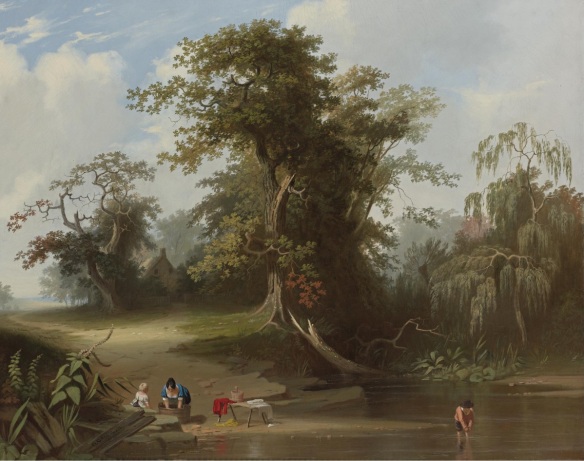






















![Reginald Marsh, "Wooden Horses" [detail], 1936, tempera on board; 24 x 40 inches, Wadsworth Atheneum Museum of Art, 2013.1.1 Reginald Marsh, "Wooden Horses" [detail], 1936, tempera on board; 24 x 40 inches, Wadsworth Atheneum Museum of Art, The Dorothy Clark Archibald and Thomas L. Archibald Fund, The Krieble Family Fund for American Art, The American Paintings Purchase Fund, and The Ella Gallup Sumner and Mary Catlin Sumner Collection Fund, 2013.1.1. "Coney Island: Visions of an American Dreamland, 1861-2008"](https://i0.wp.com/4eg99614zvx21of7ql3apu8c.wpengine.netdna-cdn.com/wp-content/uploads/2013/11/coney-island_header-image_web.jpg?resize=584%2C195)





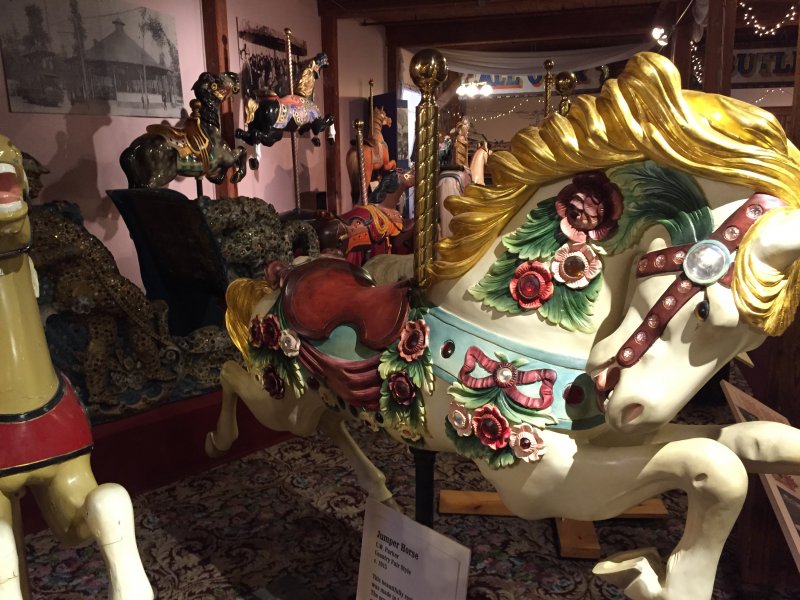
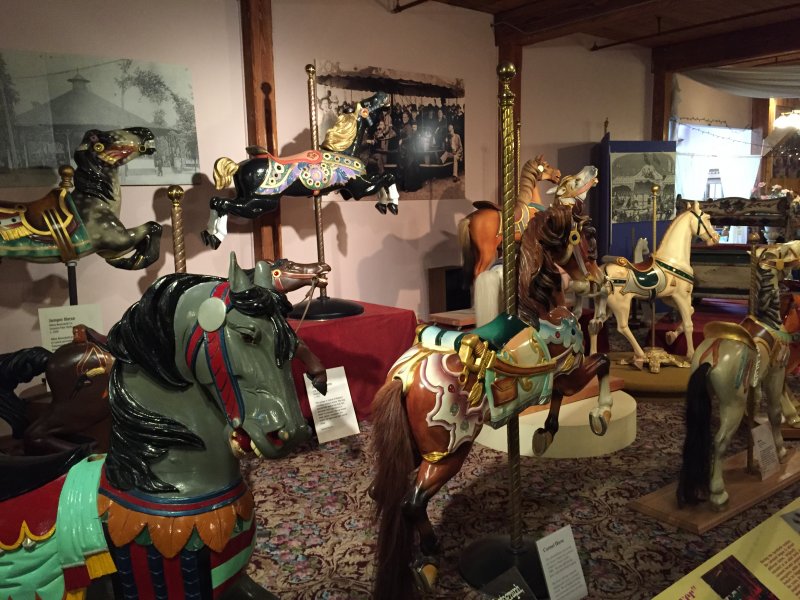
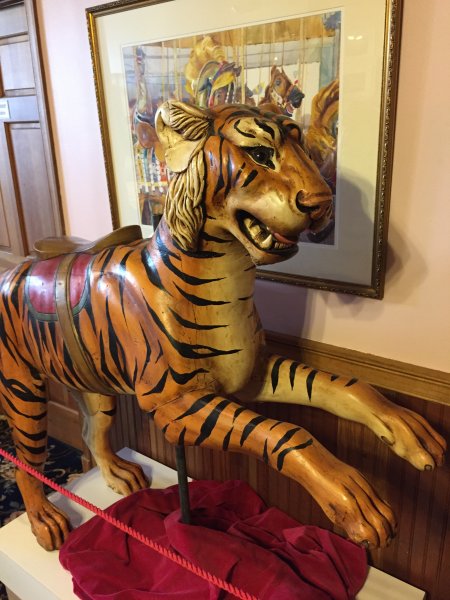
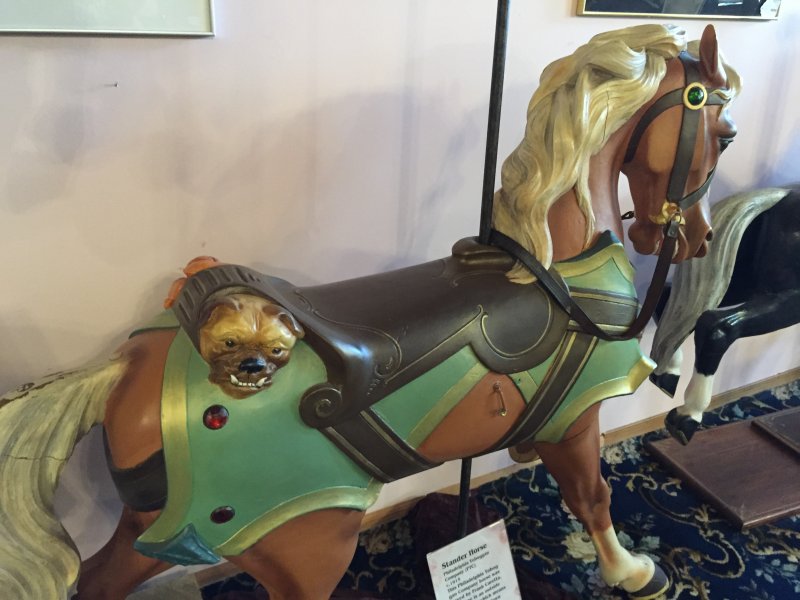
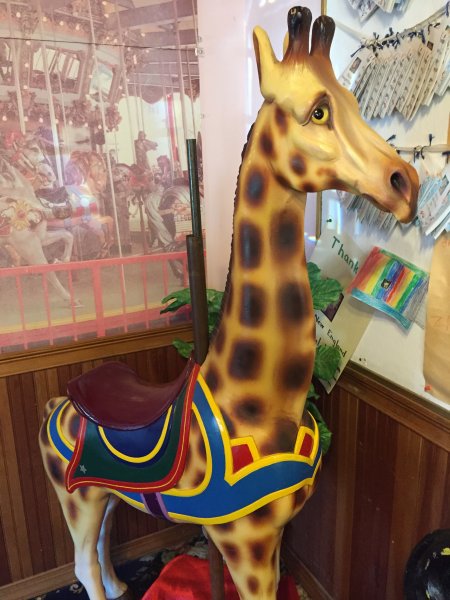
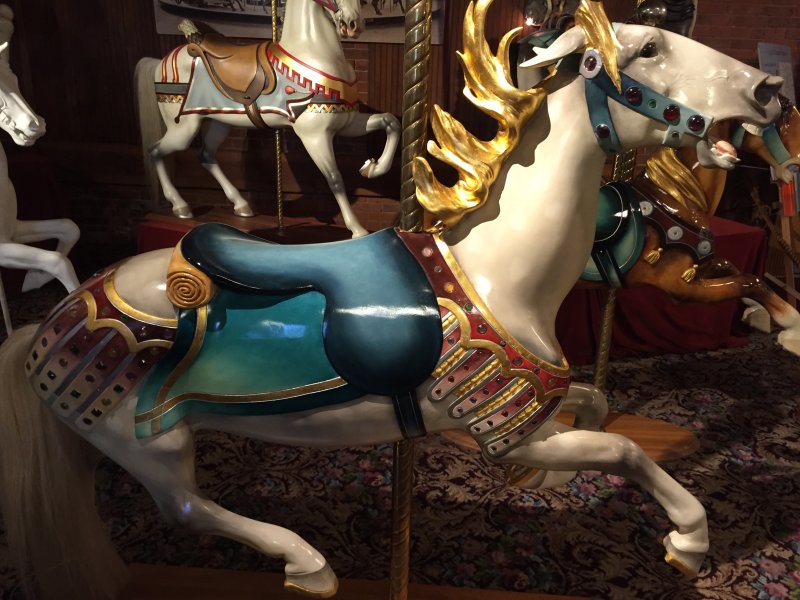
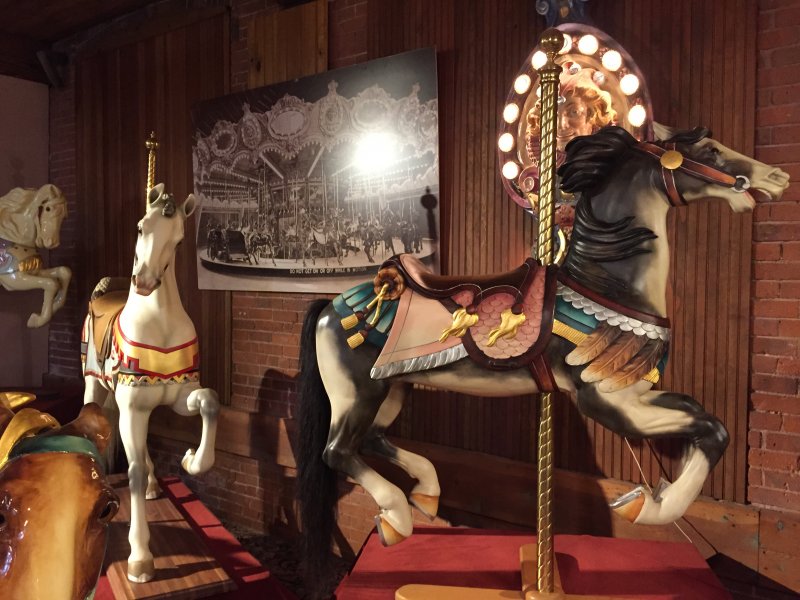
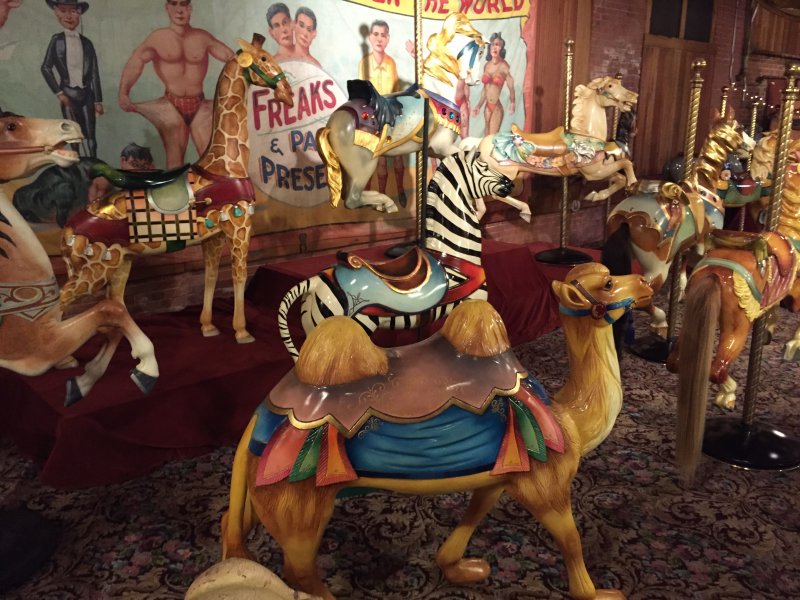
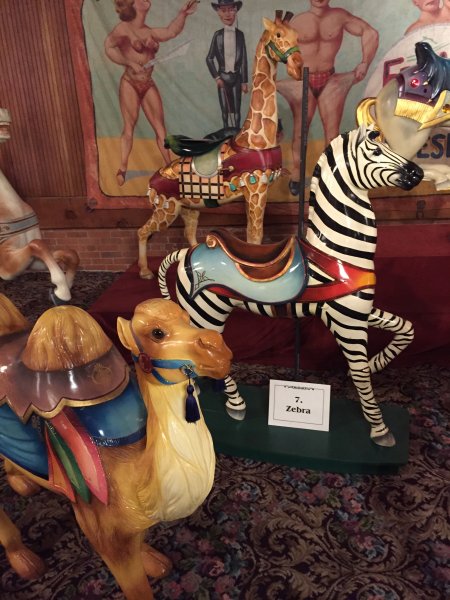
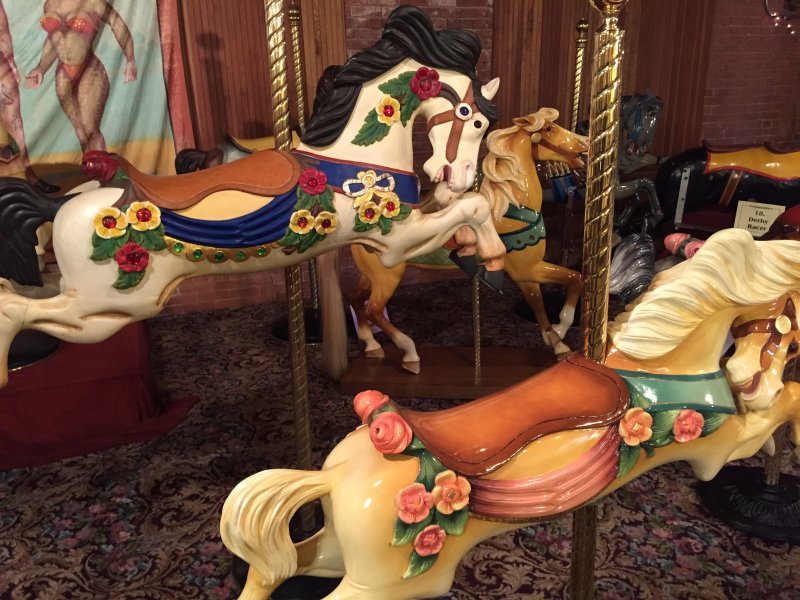
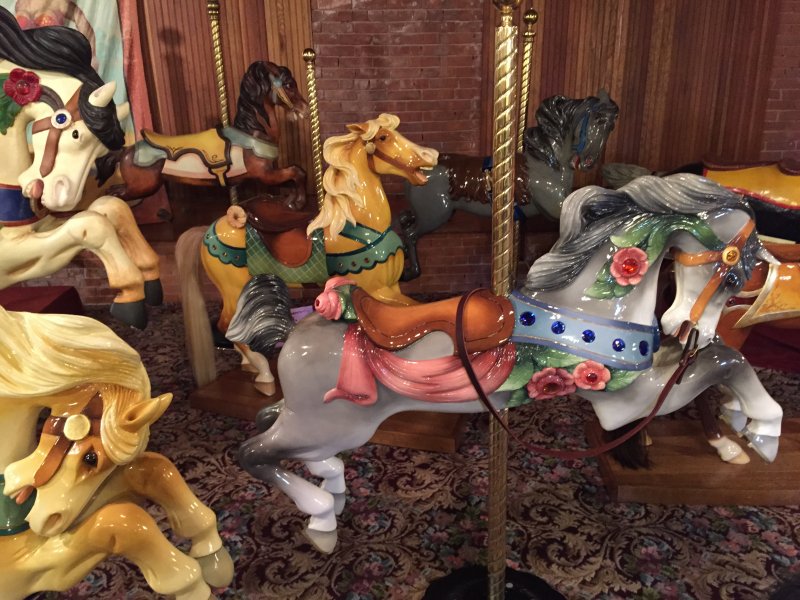
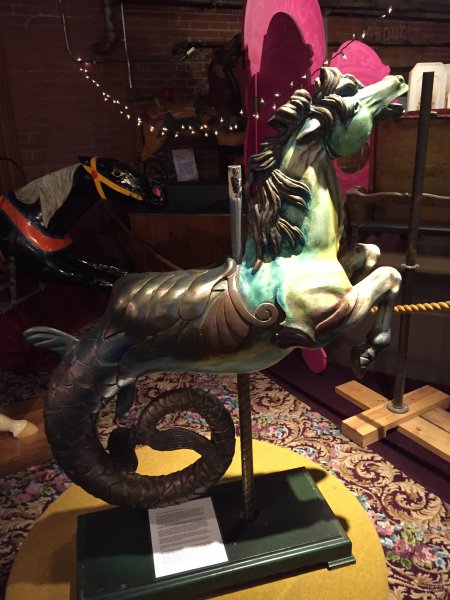
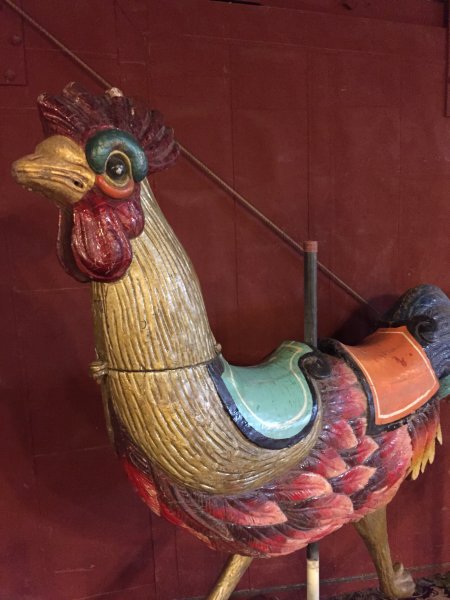
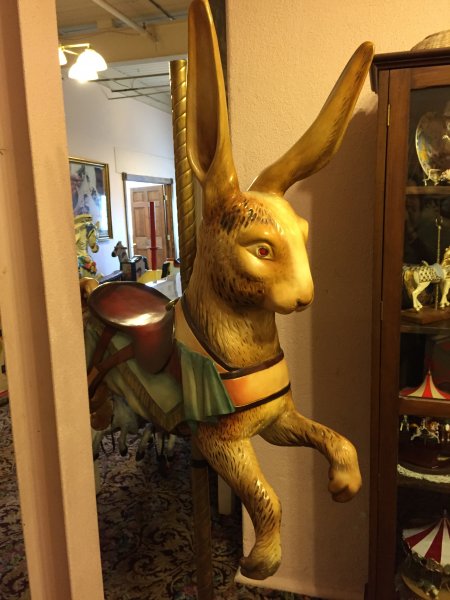
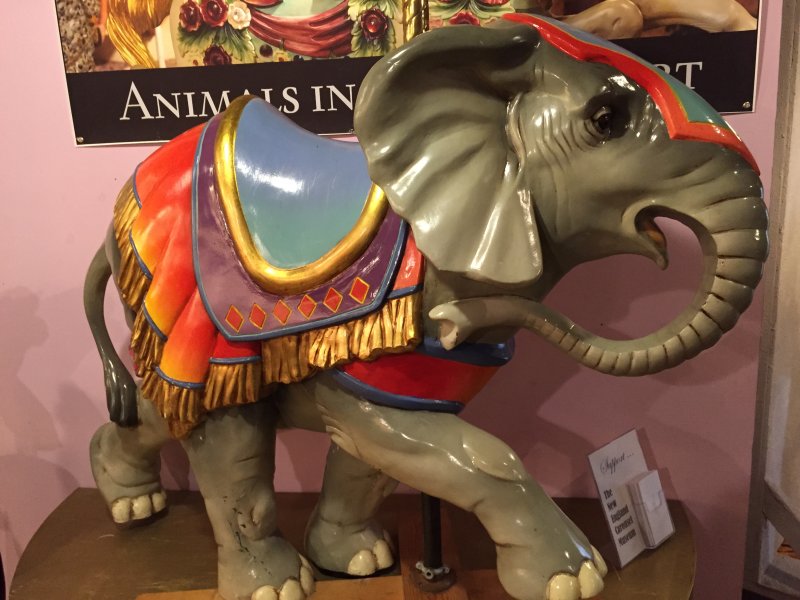
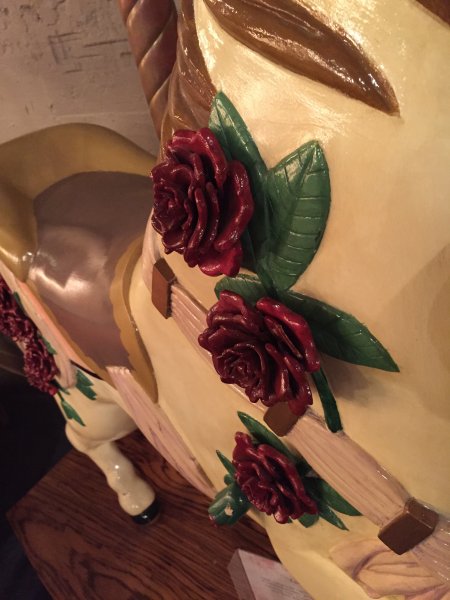



















 The Age of Love
The Age of Love 









 For a house that started off as two rooms in 1728, the
For a house that started off as two rooms in 1728, the 














 The most memorable painting was Velazquez’s Old Woman Cooking Eggs at the
The most memorable painting was Velazquez’s Old Woman Cooking Eggs at the 
























